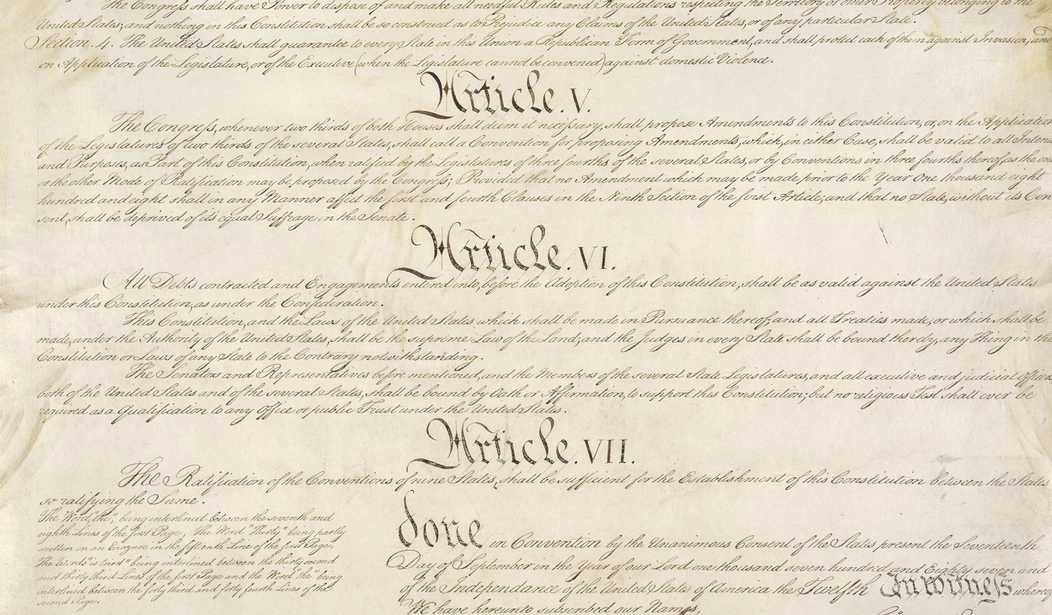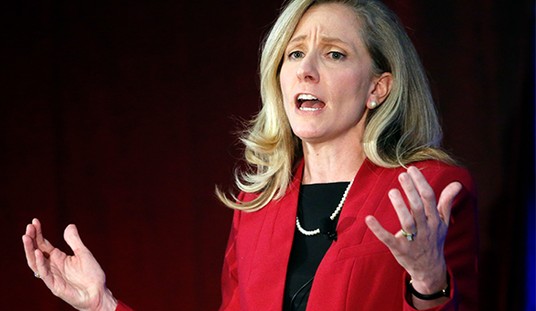Ever since Marjorie Taylor Greene brought up the idea of a “national divorce,” I have found myself going back and forth on the theory. There are times when I try to remind myself that most of the harsh political divisions in the United States play out in the media, both legacy and social. In neighborhoods across the country, you will find communities where people may have concerns about the economy or the direction the country is taking, but they largely get along with each other and don’t engage in real-life battles like the ones that play out endlessly on Twitter and Facebook. But then there are times when I’m forced to admit that the ongoing migration of people from blue states to red states and vice versa is really happening. We’re certainly not getting anywhere close to a complete purification of any states based on political party affiliation, but some broad movement is clearly being observed.
Over the weekend, I found myself reflecting on this even more. I was prompted by an article I read in USA Today about (of all things) a state constitutional amendment being considered in Ohio that would codify abortion access permanently. The proposal has proven to be divisive as you would expect, but a clear consensus seems to be emerging. Even though Ohio is considered to be at least a “Republican-leaning” state, support for the amendment is polling at nearly two-to-one in favor of enshrining abortion access in the state’s constitution. And that led me to wonder if at least some of the voters who come out on the “losing end” of that argument will consider grabbing a U-Haul and heading to someplace with a more conservative climate. This could indeed make Ohio, as the article describes it, a real “test case” in more ways than one.
The battle in Ohio, the only state likely to have an abortion measure on the ballot in November’s off-year election, is being watched by activists nationwide who are considering a push for state-based initiatives in the next election cycle to codify or restore abortion rights. That could include swing states such as Arizona and reliably red ones like Florida, Missouri and South Dakota.
Ohio stands as a test case.
Could this really be the direction the country is taking in the 21st century? Will conservatives in Ohio and the even bluer states be packing up and moving to Florida, West Virginia, Mississippi, and elsewhere? Will liberals in Texas and Georgia eventually throw up their hands and move to California or (more likely) a less expensive state that embraces policies they favor? Such a mass migration would obviously change how national elections turn out for a long time to come.
But that’s when it hit me that we should be asking a different question. Rather than seeing this as some sort of civil war or the collapse of democracy or an end of the union, perhaps we should be asking if such a national “sorting” process would really be such a bad thing. And upon further reflection, it occurred to me that the resultant nation might actually be far closer to what our Founders originally envisioned than what we have today.
The Founding Fathers never imagined an America where a bloated federal government would become massively powerful and seek to spy on its own people, impose uniform dictates as to how they choose to live their lives and control everyone’s money and opportunities. In fact, they were picturing almost the exact opposite. You can find nearly endless examples supporting this idea in the Federalist Papers, but you really need to look no further than the humble Commerce Clause for proof. Article 1, Section 8, Clause 3 is quite brief and it is probably the single sentence in the Constitution that has been the most often abused and distorted by Congress and the courts over the past 170 years. But the original intent of the authors remains obvious. Congress was granted the power to “regulate commerce with foreign nations, and among the several states…”
The Founders were not envisioning any sort of blanket uniformity. In fact, they worked tirelessly to create a federal government so weak and a collection of states so strong, each with their own individual and potentially competing agendas, that they might begin printing their own currency and failing to recognize the documents of other states. I’m not here today suggesting the states should start printing their own money. (Though it may come to that if Washington tries to impose some sort of universal “digital currency.”) But the men who crafted that document pictured a collection of states that would band together to fight off a foreign threat while having significant differences between themselves.
So would it really be so bad if people who prioritize access to abortion all started packing up and moving to states where that option would never be denied, such as New York? Would any harm come if the remaining conservatives in California who value border security moved their families to Texas and volunteered to take a stand manning the razor-wire barricades along the Rio Grande? We wouldn’t spend so much time focusing on “purple” states if half the people moved to where they could give up much of their salary to support the welfare state and the other half relocated to places without a state income tax and trusted that they would be able to fend for themselves.
The more that happened, the less welcome the members of the political minority would probably feel and the sorting process might even accelerate. But that wouldn’t mean that we would literally be “at war” between the states. It would simply be an indicator that people were building their own like-minded communities and pursuing whatever their collective vision of the American Dream might look like. Some may view this idea as dangerous or destructive. But I’m really not seeing the downside to it.








